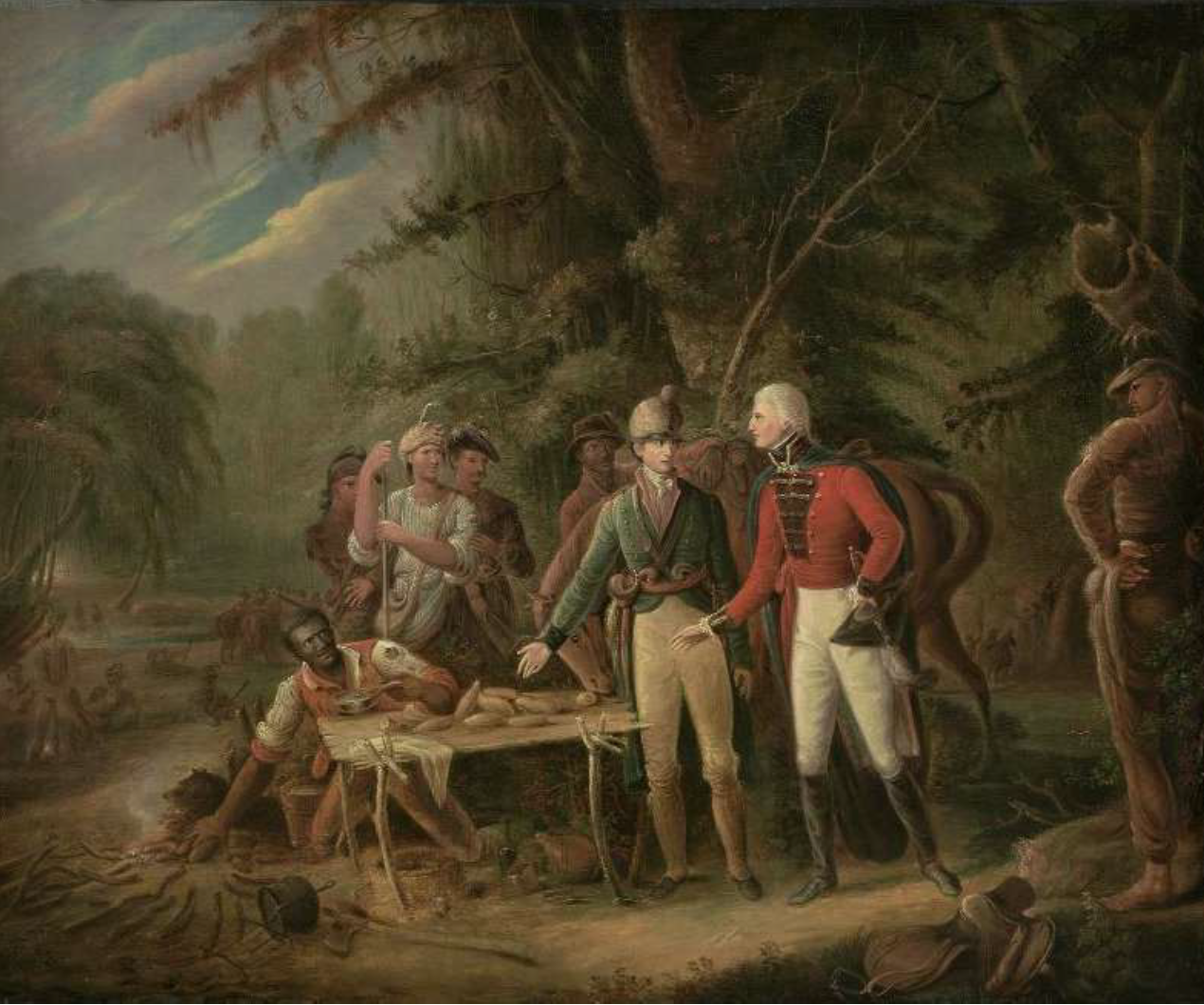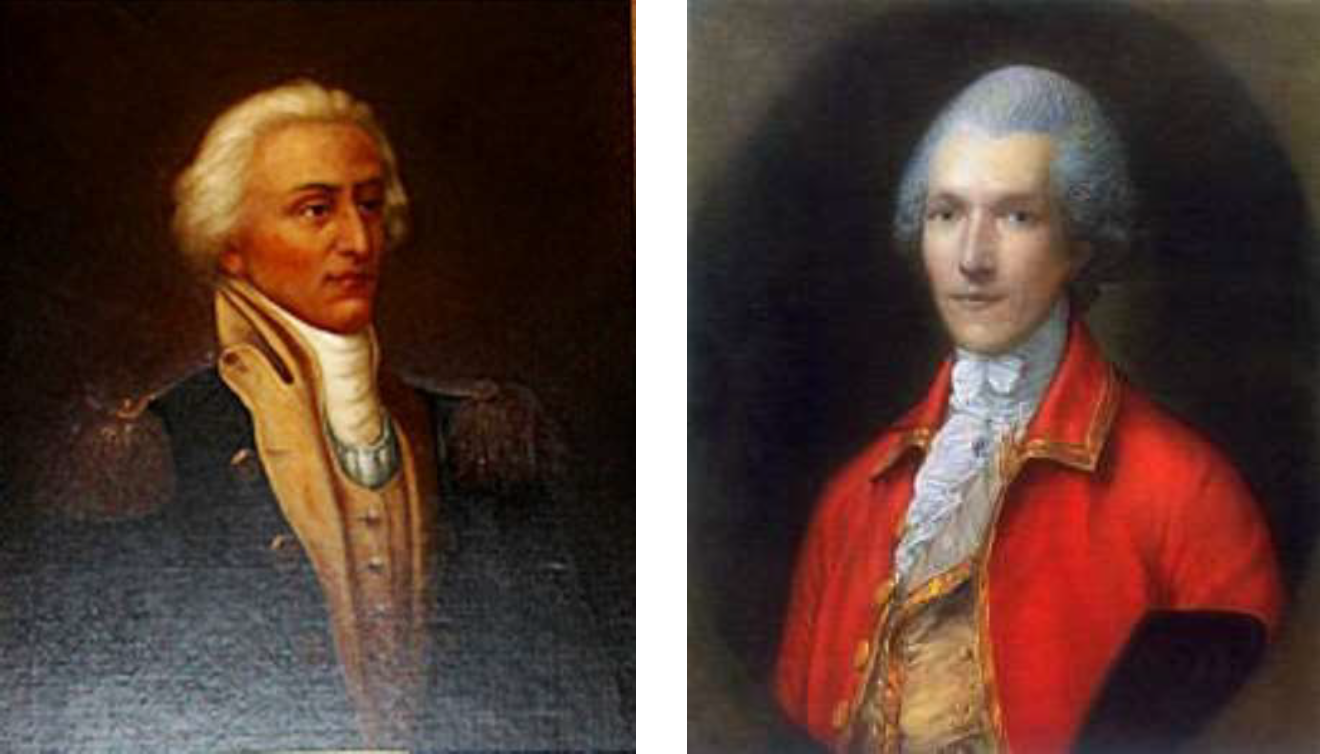[pdf-embedder url=”http://www.southerncampaign.org/nas/content/live/scarjournal/wp-content/uploads/2019/02/Wadboo-Fraser-v-Marion-Avenue-of-the-Cedars-3.2.pdf”]
Category: Uncategorized
Marion’s Troubles: Wambaw Creek & Tidyman’s Plantation
The Journal of the Southern Campaigns of the American Revolution Vol. 12, No. 1.1 July 2018 Outfoxed – Marion’s Forces Dispersed by a Genius: Wambaw Bridge and Tidyman’s Plantation February 24-25, 1782 Charles B. Baxley, David Neilan, and C. Leon Harris © 2018 After Cornwallis’s surrender at Yorktown, the Treaty of Paris in 1783 seemed…
The Swamp Fox: Early Training
CAN PENSION APPLICATIONS BE TRUSTED?
by C. Leon Harris The short answer to the above question is, “Yes.” A slightly longer answer is that probably fewer than 4% of pension applicants made intentionally false statements about officers, engagements, and other details of importance to historians. The complete answer lies within a dark tale of dozens of worthy old soldiers…
Gen. Andrew Williamson’s Self Defense
This amazing letter was first located by Will Graves, annotated and published in SCAR in May of 2005.[1] Since we have learned so much about the geography of the Southern Campaigns and the particulars of the people in the last ten years, I thought it worthy of revisiting, updating the annotations, and slightly expanding. This…



